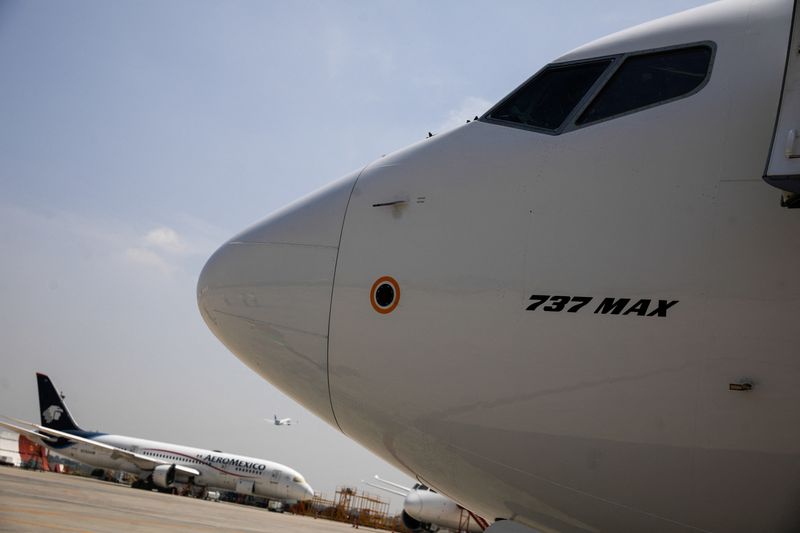Boeing (NYSE:BA), in collaboration with NASA, United Airlines (NASDAQ:UAL), World Energy, the U.S. Federal Aviation Administration (FAA), GE Aerospace, and the German Aerospace Center (DLR), is conducting in-flight tests to evaluate the environmental impacts of sustainable aviation fuel (SAF) on contrails and non-carbon emissions. The tests are being carried out using Boeing's ecoDemonstrator Explorer, a 737-10 aircraft, which is the largest airplane in Boeing's single-aisle 737 MAX family.
The aircraft alternates between SAF and conventional fuel during tests, with NASA's DC-8 Airborne Science Lab measuring the emissions and contrail ice particles. This study is part of the expanded Boeing ecoDemonstrator program, which includes specific test projects and previous tests on an Alaska Airlines 737-9, as well as ecoDemonstrator 777-200ER and 787-10 flight-test jets. The program aims to understand how advanced fuels, engine designs, and contrail formation can reduce atmospheric warming.
Today, statements from Boeing Chief Sustainability Officer Chris Raymond, NASA mission integration manager for the Sustainable Flight National Partnership Rich Wahls, and United Chief Sustainability Officer Lauren Riley emphasized the significance of this collaboration in exploring SAF's potential to reduce emissions by up to 85% over its life cycle.
In partnership with NASA and United Airlines, Boeing plans to use a 737 Max 10 for its ecoDemonstrators program to study SAF's environmental impacts, particularly on contrail formation. The industry is considering SAF as a means to reduce carbon emissions under societal and governmental pressure. SAF is claimed to emit only 15% of the lifecycle CO2 compared to traditional fuels.
However, The Royal Society and the US Government Accountability Office have highlighted discrepancies in calculating SAF's net carbon benefit and question its commercial feasibility due to high costs and low production volume. Despite these concerns, United Airlines is eager to adopt SAF for carbon reduction, indicating a potential shift in the aviation industry towards more sustainable fuel options.
This article was generated with the support of AI and reviewed by an editor. For more information see our T&C.
